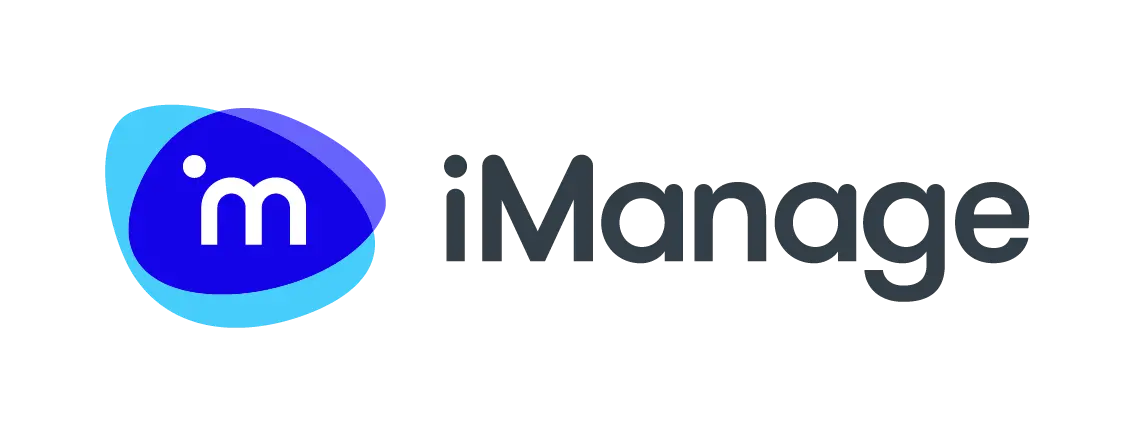Global spotlight on document management: What law firms really think
No matter their size, location, or practice area, law firms have one thing in common: Document management is central to their daily operations.
What's the state of document management in law firms?
As we wind our way toward the close of the first half of 2025, we pause to review how law firms are thinking about document management, given what an outsized role it plays in their daily workflows.
Which document management capabilities do they see as the most valuable? Are there any areas of document management where they are running into challenges? For that matter, are there any significant differences in document management approaches, depending on a firm’s size, location, or other factors?
To help answer these questions, iManage partnered with SA Market Insights to survey the legal landscape and produce an in-depth report examining the needs, behaviors, and attitudes around document management in law firms.
Conducted between December 2024 and January 2025, the survey gathered the responses of more than 1,200 legal professionals at firms across the United States, the UK, Europe, and Asia Pacific. Respondents were divided fairly equally between firms with 50 or fewer employees, 51 to 250 employees, and more than 250 employees.
Because survey participants used a wide array of the document management solutions available in the marketplace, their responses reflect document management in general rather than the experience of any one vendor.
These results illuminate the intersection of law firms and document management, providing an in-the-moment snapshot of end-user experiences with this technology, including not just current usage and behaviors but also future needs and priorities.
Functionality: You have to walk before you can run
A primary goal of the research was to learn which aspects of document management functionality customers prioritize. The findings show that firms place a priority on key foundational capabilities.
These include:
- Repositories for storing and retrieving legal precedents and standardized templates
- Automated monitoring to ensure compliance
- Compatibility with discovery platforms to facilitate document review and evidence management
- Internal collaboration tools like shared workspaces, real-time editing, and messaging
More advanced capabilities — such as AI-powered search, advanced search functionalities, and dashboards — ranked lower in priority. That’s actually a good thing: It shows that firms recognize that the fundamentals need to be in place before they can use more sophisticated document management tools effectively. A strong foundation provides the essential base on which additional functionality can be layered as firms advance technically.
The potential upside of low adoption
Before discussing the research findings around user adoption, a brief analogy from everyday life is helpful. We’d all probably consider exercise “important” and something we should prioritize. But does that mean everyone goes to the gym every day?
Surely some are, but everyone? No, of course not.
Similarly, while law firms view foundational capabilities as critical, adoption of those capabilities often remains low. In fact, even the features or solutions that are considered most important are reportedly only being used by one in five end users.
Is there a silver lining? Yes! Low adoption means there is a significant opportunity for law firms to both enhance their operations and maximize their technology investments. The right document management solution both addresses user pain points and removes barriers to adoption.
End-user adoption of foundational document management is imperative to future success. When law firms fail to make the most of the tech investments they've already made, then get caught up in a race with competitors — to implement AI, for example — they could find themselves throwing good money after bad projects. Before they can fully unlock the benefits of a technology like AI, law firms need to have their house in order.
A single, carefully curated data repository delivers the information architecture and high-quality resource that AI needs to draw on, but it also solves challenges that discourage adoption. There is massive potential upside in mastering the foundations of document management for law firms. It enables lawyers and other staff to focus on more sophisticated value-add activities to better serve their clients and deliver better business outcomes. And it sets the stage for broader application of new technologies like generative AI.
What's the takeaway?
A well-designed document management solution can help law firms avoid pitfalls in successfully adopting foundational technologies that improve and enhance daily workflows. Your tools should eliminate common pain points and make achieving strong adoption easy. However, not all document management solutions are created equal. If your current system's shortcomings are creating more problems than it solves, it may be time to consider a change.
To gain additional insights and a deeper understanding of how people in the industry are thinking about this important topic, download our survey report, Ground your legal AI strategy firmly in the basics.


Laura brings a global perspective to legal technology, helping knowledge professionals build confidence in AI. Through user insights and trend analysis, she identifies core challenges and translates them into benefit-driven narratives that show how tools like Ask iManage and Co-authoring reduce friction, enhance collaboration, and improve work quality.
Making Knowledge Work
Request a demo
Ready to see how iManage can make a difference to your organization?
Book a Demo